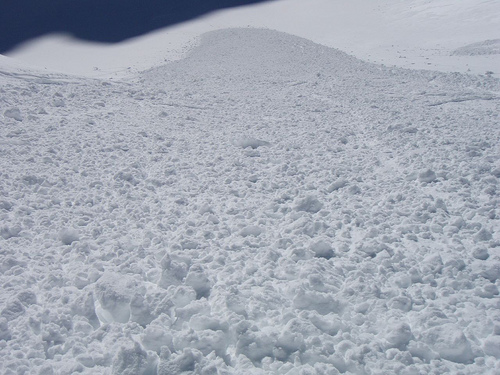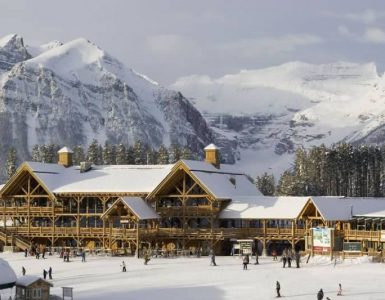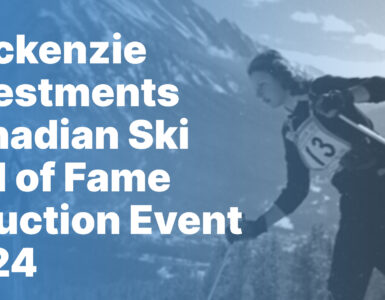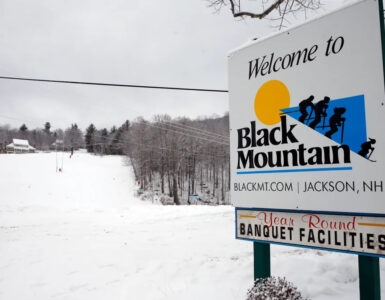Colorado’s avalanche danger starts with the first snows, but few pay attention until the first big accident or death occurs.
On Tuesday at Willow Creek Pass, a snowboarder was killed in an avalanche accident, the first death of the season in Colorado and the third death in the U.S. this season.
Few details have been made public about this accident, and it might stay that way for a while for a variety of reasons. Our hearts go out to the victim’s family and friends as they cope with the loss.
As with any avalanche accident, it might become apparent that the victim made some human error in judgment that seems simple in retrospect but was obviously not simple in the moment. As in many avalanche accidents, armchair hindsight is not only 20/20 but also is free of all the factors that drive us to ski and ride in the backcountry in the first place.
It’s easy to see once the snow has settled. The problem is that people aren’t good at making sound decisions in the face of something they desire so much, such as a wide open ski slope. People are good at justifying why they should ski where and when they want, even when there is evidence to say they shouldn’t.
However, no skier is free of bias when they are standing at the top of a clean, white slate of snow. No skier can make a perfect calculation of the situation when they’ve spent hours hiking up a peak in order to ski it.
In fact, I’d argue that this is by far the biggest hurdle avalanche education has to overcome: getting backcountry skiers and riders to make prudent decisions in the field.
This is more difficult than teaching skiers the complications of snow, terrain and our effects on them. It’s such a simple idea: Collect information and make a decision based on all the facts before committing to one outcome. However, typically we’ve committed to the goal of a ski day long before we give the facts any kind of chance to persuade us.
I’m certainly guilty of this, which is how I know it’s an issue. So I try to keep reading accident reports to learn what human errors were made, so I can remind myself when I face something similar.
So hesitate before you make judgment of an avalanche victim after reading reports of how they ignored simple facts. Hesitate before you believe articles that make these decisions seem simple in any way. Judgment calls will be made about skiers, snowboarders and snowmobilers this winter and their lack of reason.
What we can do is not make snap judgments, but instead we can use the reports as learning lessons to make us wiser through others’ unfortunate situations. Skiers can get better at making decisions in the field, but it starts with making better decisions about how we react to accidents from home.
Lucas Mouttet is an avalanche instructor and Diamond Peaks Ski Patroller who lives in Fort Collins with his wife and two daughters and enjoys spending as much time in the mountains as possible. He can be reached at lmmouttet@gmail.com .













